Update 12-3-24 - Tesla Joins Ford In Stopping Production of Its EV Pickup Truck
With pickups being one of the largest segments in the American automotive marketplace, electrifying them is a critical litmus test for whether battery-only vehicles will eventually succeed in the U.S. market. Based on the evidence heading into 2025, battery-electric pickups are shaping up to be a disappointment.
Story Facts Summary With Source Links:
- Ford has stopped production of the F-150 Lightning EV.
- Battery-electric pickup truck manufacturer Lordstown Motors goes bankrupt.
- Bollinger Motors abandons plans for a battery-electric pickup for consumers.
- Rivian is reported to have lost $39,000 per vehicle it delivered last quarter.
- The Silverado and F-150 Lightning start at 50% higher prices than the gas versions.
- GM’s total EV pickup deliveries from three brands are lower than those of Corvette.
Watch a video on the Torque News YouTube channel explaining why the EV pickup makers are taking the wrong path, and follow us for more automotive news and analysis there.
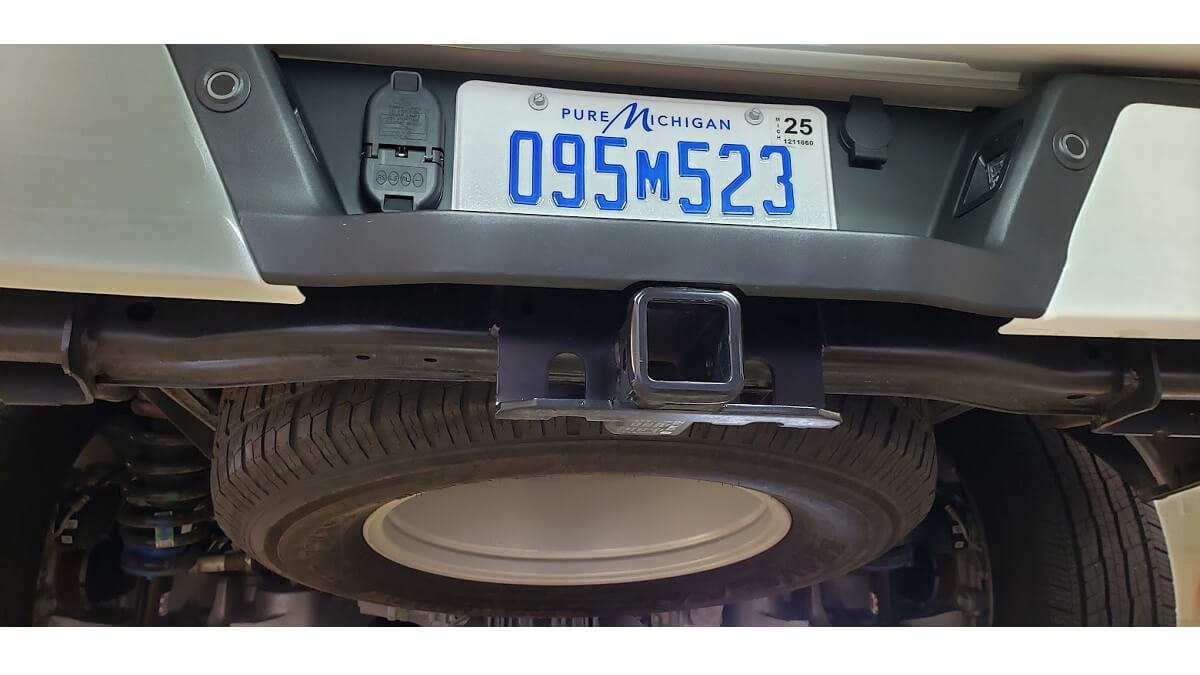 Ford’s F-150 Lightning - Plant Closure, Five-Figure Sales Incentives, The Imaginary $39K Trim
Ford’s F-150 Lightning - Plant Closure, Five-Figure Sales Incentives, The Imaginary $39K Trim
Of the pickups we have tested thus far, Ford’s F-150 Lightning is the one we feel made the most sense in its segment and gave us the most positive impressions. The Lightning drives great. Ford has many outstanding pickups, but the all-electric Lightning stands out as the most satisfying to drive in the real world among the full-size trucks. The instant torque is amazing. We also feel that the massive front storage area makes perfect sense for a utility vehicle. Look under the back of the truck; there is a spare tire. Power ports can run tools. Ford did everything right.
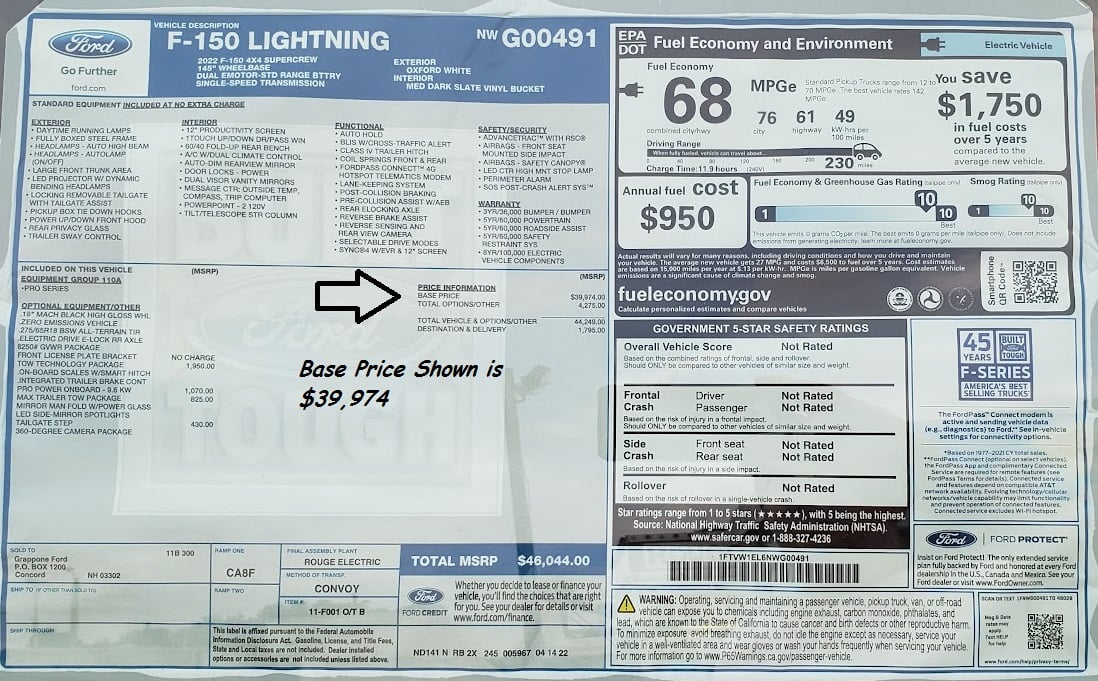
One disappointment for us was the imaginary “$39K” trim of the Lightning. We actually saw and touched one at a fall fair years ago. We offered to buy it from the dealer in New Hampshire on the spot, but we were rebuffed. “Only for display,” they told us. None were available for actual sale to consumers, according to the dealer. All the media fleet electric trucks we tested were dramatically more expensive.
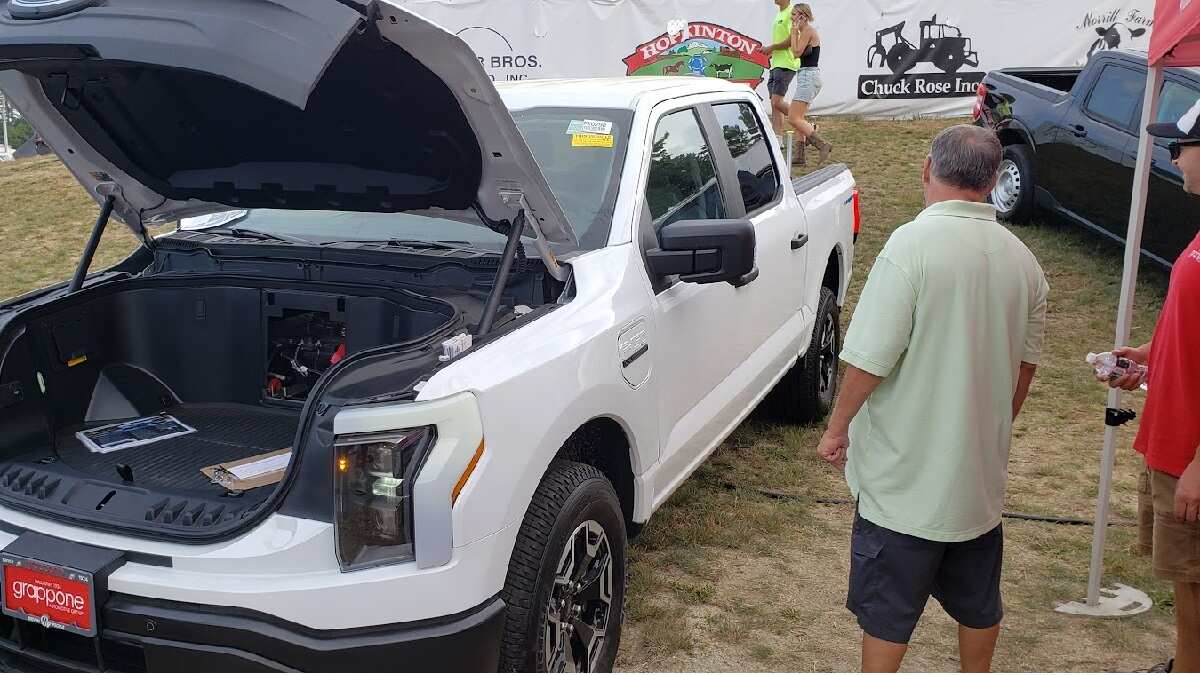
Shortly after launch, the F-150 Lightning was “sold out.” That term is a bit misleading since if very few of something is made, “selling them out” is not very difficult. Since its initial splash, the F-150 Lighting production has been being stepped back. First, Ford cut back on the shifts that built the Lightning. Next, Ford laid off a significant portion of the production staff. Finally, Ford simply stopped production to let the excess inventory work its way out of the system. To help that along, Ford went so far as to offer dealers up to $22,500 in incentives to sell the truck. We loved the Ford F-150 Lightning when we tested it. However, Ford's stopping production speaks for itself.
Cybertruck
EV fanatics have taken to calling the Cybertruck “America’s third-best-selling EV.” That a vehicle with less than 25,000 units delivered can be called “Best” at anything reflects just how tiny battery-electric vehicle sales are other than the two successful models, the Tesla Model Y and Model 3. Successful vehicles are delivered in volumes with six digits, year after year. If you need any evidence that Tesla is hanging its head over the Cybertruck’s disappointing deliveries, simply look at its last four quarterly delivery reports. It has never mentioned the Cybertruck even once. Instead, it lumps the Cybertruck into its “Other Vehicles” category. The successful Model 3 and Y are in a separate category on the delivery report. If Tesla were pleased with its Cybertruck deliveries, it would say so loudly and clearly. Hiding a new model in the also-ran category clearly signals underperformance.
Another disturbing Cybertruck metric is unfulfilled reservations. Fans who track the Cybertruck admit that about 97.5% of the online reservations have evaporated since deliveries began.
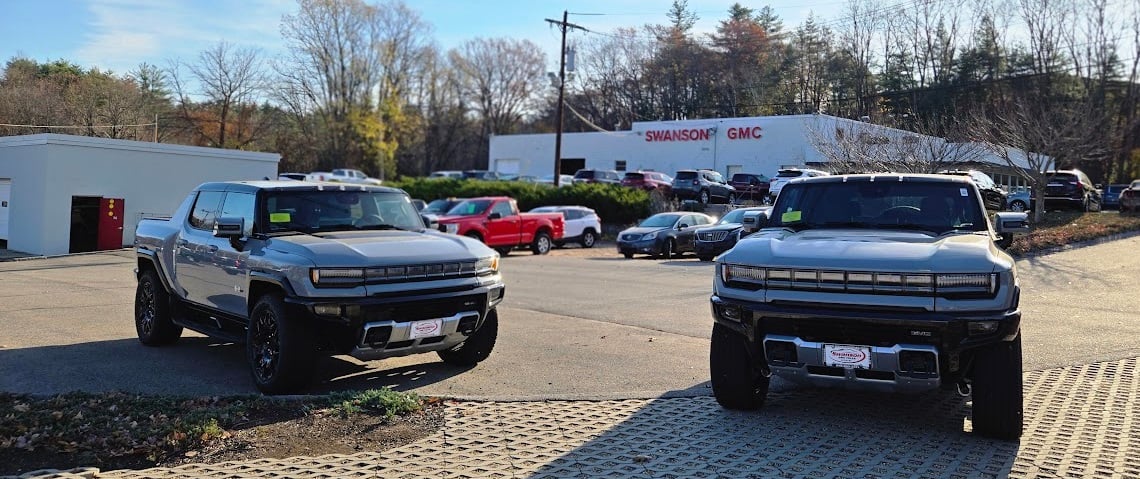 Hummer Deliveries Settle in Under 1,000 Units Per Month
Hummer Deliveries Settle in Under 1,000 Units Per Month
First delivered in 2021, the GMC Hummer pickup truck will enter its fifth calendar year of production in about six weeks. Since its launch, the vehicle has been one of GM’s lowest-volume vehicles. Currently, GMC is averaging less than 1,000 units per month delivered to consumers. This makes it one of GM’s lowest-ever - vehicles produced and not canceled.
Silverado and Sierra Deliveries Are Minuscule
General Motors makes great trucks that generally share many of their parts and designs. The Chevrolet Silverado and GMC Sierra EVs will be a lot like the Hummer. Deliveries of the Silverado and Sierra have now started. The October report from GM after Q3’s end was titled, “U.S. Q3 Sales: Another Record Quarter of EV Sales.” During the record quarter, GM delivered less than 6,000 Sierra EVs and Silverado EVs. Less than 1% of the trucks GM delivered were electric. Consider this comparison: GM’s Corvette is considered a low-volume specialty vehicle. Chevrolet still builds some of its engines by hand. This very low-volume V8-powered vehicle model easily outsold all of GM’s EV trucks combined in Q3.
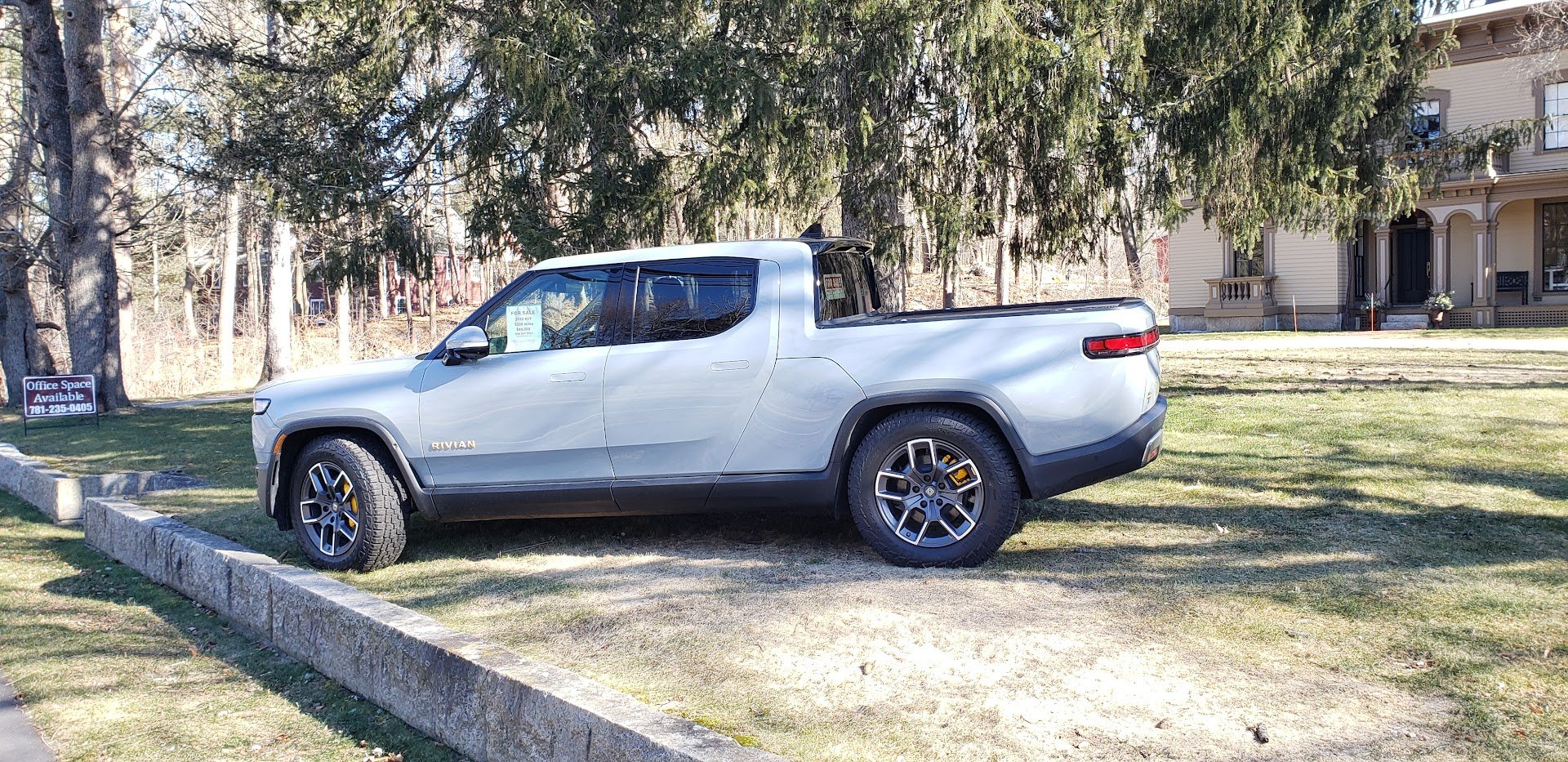 Rivian Truck Sales Decline
Rivian Truck Sales Decline
According to Rivian, the first R1T trucks were delivered in 2021. Like GM, Rivian will be entering its fifth calendar year of EV pickup sales in just about six weeks. For quite a while, Rivian would not tell the media how many of its trucks the company had delivered. We asked. They declined. That is a red flag. Companies that are doing well shout their success loudly; they don't decline to tell fans, investors, and the media how many units of a particular model they delivered.
In its last report, Rivian revealed that the company had delivered about 35% fewer total vehicles than it had in the same period of 2023. The company also revised its delivery goals for 2024 downward. Over the past year, Rivian’s total product mix has been both SUVs and trucks, not just trucks alone. This signals that the pickup truck deliveries must have declined sharply. Based on the limited info that Rivian releases, we estimate that Rivian is delivering less than 2,500 trucks per month, entering its fifth year of production. According to Investors Business Daily and other sources (Investors.com), Rivian lost around $39,130 per vehicle in Q3.
Why Are EV Trucks Failing?
One reason that EV trucks are failing in America is cost and consumer price. The average transaction price of a full-size pickup truck in America in October was about $65K, according to KBB/Cox Automotive. Don’t confuse that with the starting price. The base model Ford and Chevy pickups start at under $40K. $65K is what consumers are paying for a well-equipped, full-size pickup truck. The least expensive Ford F-150 Lightning starts at $65K. That’s over 50% more than the least expensive fuel-powered pickup of the same size. Chevrolet’s Silverado EV starts at $75K, almost double what the gas-powered Silverado starts at.
EV Pickup Trucks - Can They Ever Succeed?
In the market since 2021, battery-electric pickup trucks remain extremely low in volume and extremely high in price. Manufacturers of battery-electric pickups have gone bankrupt, shifted away from making them, and the world leader in trucks, Ford, has stopped production of its battery-electric pickup truck. The manufacturer who has been producing EV pickup trucks the longest is losing over $39,000 per vehicle it delivers. Is there a reasonable expectation that battery-electric pickup trucks will become higher in volume and more successful in the American market going forward? Feel free to tell us in the comments below.
John Goreham is a credentialed New England Motor Press Association member and expert vehicle tester. John completed an engineering program with a focus on electric vehicles, followed by two decades of work in high-tech, biopharma, and the automotive supply chain before becoming a news contributor. He is a member of the Society of Automotive Engineers (SAE int). In addition to his eleven years of work at Torque News, John has published thousands of articles and reviews at American news outlets. He is known for offering unfiltered opinions on vehicle topics. You can connect with John on Linkedin and follow his work on our X channel. Please note that stories carrying John's by-line are never AI-generated, but he does employ Grammarly grammar and punctuation software when proofreading.
Image of Ford F-150 Lightning charging by John Goreham. Images of Ford F-150 Lightning Monroney sticker and fall fair displaymodel by John Goreham. Image of GMC Hummers by John Goreham. Image of Rivian R1T by John Goreham. Image of 2022 Ford F-150 Lightning Spare Tire by John Goreham.

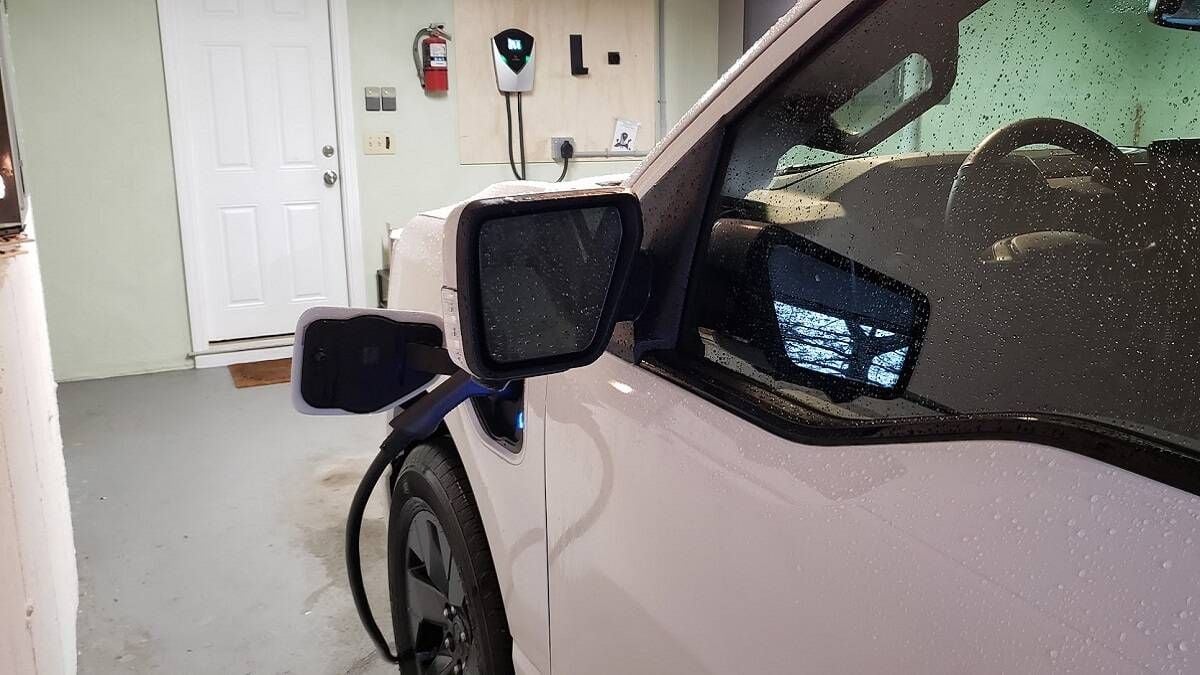




Comments
I’ve never been an EV hater…
Permalink
I’ve never been an EV hater. What I have been is realistic. No one asked for EV trucks. Ford especially lied about starting prices. They were never available for 40k from day one. The brain trusts from all these brands decided what the customer wanted, instead of asking them. There’s been a running joke about selling at a loss and making it up in volume for years. I never imagined allegedly smart people actually trying it.
I have had a reservation for…
Permalink
I have had a reservation for a cyber truck for over two years and an order for over four weeks.
I can't wait to get it, but it appears they have to many orders. It appears they are making over 2000 a week and just started making a profit instead of losing money.
It looks like you are trying to make it look bad and not reporting any of the good news. I bet you won't report this because you are trying real hard to make it look bad.
I have had a reservation for…
Permalink
I have had a reservation for a cyber truck for over two years and an order for over four weeks.
I can't wait to get it, but it appears they have to many orders. It appears they are making over 2000 a week and just started making a profit instead of losing money.
It looks like you are trying to make it look bad and not reporting any of the good news. I bet you won't report this because you are trying real hard to make it look bad.
I have had a reservation for…
Permalink
I have had a reservation for a cyber truck for over two years and an order for over four weeks.
I can't wait to get it, but it appears they have to many orders. It appears they are making over 2000 a week and just started making a profit instead of losing money.
It looks like you are trying to make it look bad and not reporting any of the good news. I bet you won't report this because you are trying real hard to make it look bad.
I can understand why EV…
Permalink
I can understand why EV owners are going n g back to gas. In Alabama I pay over $300 in EV registration cost and I only drive 600 miles a year. $200 is a fine to Alabama and the rest overly inflated registration cost for a 13 year old Nissan Leaf with 80% battery remaining. I Can drive anywhere in Birmingham on one solar charge using excess solar power, biut I also have to pay a monthly $67 fine to Alabama Power for solar panels.
Do a quick Google search and…
Permalink
Do a quick Google search and it will quickly show that truck sales are down for all manufacturers of both electric and ICE trucks. Manufacturers have priced many buyers totally out of the market for many of the trucks that they are producing today.
It's not uncommon to see ICE powered trucks priced at $70,000, $$80,000, $$90,000, or e v en over $100,000 these days. Consumers are simply passing on these high prices.
The article states that you actually really like the Ford EV. I bought my Ford Lightning in June of 2024 and I love it. I have driven the truck on multiple long distance road trips with no problem finding chargers. I've found the range to be as advertised and have had little concern about not being able to reach my destination. I charge mostly at home and the savings over buying gas are substantial. I've used the truck to tow anything that I have a need to tow, and it drives better with a load than anything else I have ever owned. There is a drop off in range while towing, but the same can be said for ICE trucks as well.
The bottom line is that the Ford Lightning owners usually have very little complaints about the truck. I believe the truck did suffer some negative press when it comes to towing from people who had some unreasonable expectations about being able to efficiently tow a heavy load long distances. Those that use the truck for light duty on a daily basis seem to appreciate the truck for what it is. When you factor in the savings on fuel and maintenance, a Ford Lightning at $60,000 or $70,000 is a much better deal than a similar Ford F150 at about the same price.
Dealer training to sell F…
Permalink
Dealer training to sell F-150 lighting and MachE is dismal. Total cost of ownership and V2H functionality need to be front and center to the customer. Home charger need to be included in the lease or purchase. Ford needs upgrade from 400v to 800v DC charging architecture.
Well that's a garbage…
Permalink
Well that's a garbage clickbait headline talking of EV Trucks "Failing". The story doesn't mention that EV sales are increasing year over year and that it is predicted to trend that way for years to come. EV trucks are in their infancy and the more I look around the more I see them and they too are trending with increases in sales. It's true recent demand for EVs has been slower than expected but most folks agree that it's due to high interest rates and prices. Also, Ford said they only paused production for 3 months not "Stopped" production. John Goreham must be blind or a partisan ICE fanboy. All the naysaying ICE loving hacks in the world aren't going to stop the fact that the electrification of motive power is happening right now and it's going to be part of our future whether they like it or not. I say we embrace the ability to have more choices in buying a vehicle. Hybrid, Diesel, gas, EV take your pick and hit the road!
This is what you get when…
Permalink
This is what you get when government takes control of vehicle manufacturing and mandates EV production rather that letting market forces apply. Of course, we are pushing EV production before it is truly ready to compete. An emissions free synthetic liquid fuel would be more likely to succeed. The exorbitant gradually inflating prices of ICE vehicles along with their reductions in reliability have been planned & implemented to make the price gap between EV's and ICE vehicles more palatable but have largely failed. There is after all, only so much cost that consumers can afford. EV's need to become an alternate method of transportation first, and not as a "car" or "truck" and designed without the current regulations that hamstring the ICE vehicles. For example, a 2 person "personal transport vehicle" more akin to a motorcycle but with 3 or 4 wheels and costing about one third of a low cost ICE car and built using simple molded plastic composite materials with incentives such as highly reduced DMV fees since they would be lighter. Full size electric trucks given the current pricing are only for the select few. Direct from manufacturer to end user could change this but no business model on the planet can survive losing $40k per vehicle and this should have been foreseen. Dismantling a nations economy to cause hyperinflation that eventually could attempt to make EV prices seem normal won't work. My biggest surprise is that vehicle manufacturers have put up with the government mandates & that the citizenry has been so easily fooled. It is in effect, a perfect manufactured storm with data manipulated to cause fear of climate change to force an agenda upon us. Another "class" of vehicles are needed to slowly advance EV use where useful. Cold climates, ocean air & other practical considerations have made it clear that an all electric vehicle future is neither practical or possible. Consumers will not accept their many limitations.
This sort of happens when u…
Permalink
This sort of happens when u try put out products the consumer really don't want to begin with
My company, which is a large…
Permalink
My company, which is a large electric utility has over 2 dozen F150 Lightnings that have replaced Fusion Hybrids aND Explorers as work vehicles. A big problem arose during Hurricane Milton and the company issued a warning that all those driving Lightnings were to avoid driving through water with these trucks as that would be a safety hazard as the battery systems could fail or ignite if driven through water. Driving through water is a normal thing in a power company vehicle. SMH lol
Then you should have got…
Permalink
In reply to My company, which is a large… by T3 (not verified)
Then you should have got Rivian's. They are certified to wade up to 3'. One got washed down river in the hurricane recently and the owner walked up to it, it unlocked itself and he drove it home.
I've driven my 2011 Volt for…
Permalink
I've driven my 2011 Volt for 13 years. I still love driving it. The PHEV design is a major winner and a PHEV pickup would be fantastic. A PHEV Tacoma would be a dream truck.
The issue is the price. My …
Permalink
The issue is the price. My '08 Silverado WT has a vinyl floor and manual windows. It's the perfect work truck I bought from the Department of Agriculture auction for $7k and it's been amazing. When I saw the Silverado EV had a WT trim, I got excited. Then I saw the $80k MSRP and laughed.
If it was sub $50k I would have one already. But I have no need for a truck that costs more than my Corvette.
This story has been updated…
Permalink
This story has been updated on 12-3-24 to include news that Tesla has paused Cybertruck production. You can read the full update by clicking the link at the top of the story text.